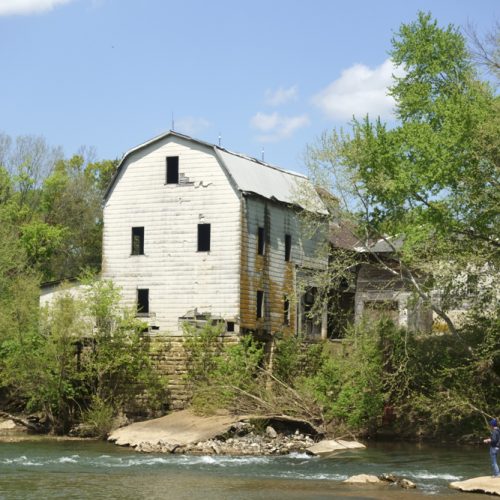My husband and I recently cruised from Amsterdam to Norway. We chose Viking Cruise lines because we have traveled with them before (see our trips to Europe and Alaska), and found Viking to be a perfect fit for our needs while cruising.
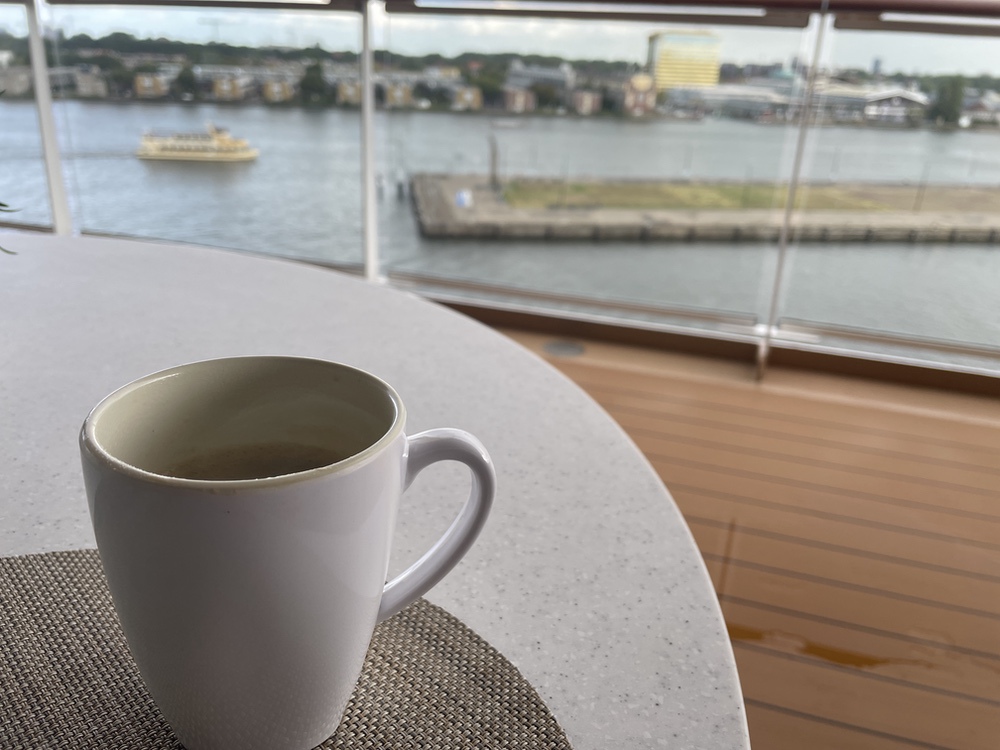
We chose the pre-trip that Viking offered to Amsterdam, because we learned that it’s a great idea to arrive at least two days early before a cruise. First, you get a chance to get there before the ship leaves, so in case you arrive late, you don’t have to head to the next port to board it. As my husband always says, “Once you’re in the airline vortex, you have no control over where or when you’ll get spit out.” Fortunately, we arrived on time but had to wait for over an hour in an immigration and customs line because the global entry kiosks were not operating. And second, you can begin to nip the jet lag in the bud before a cruise if you get there earlier than departure.

Viking representatives met us, and guided us to a coach, which took us to the Mövenpick Hotel, in the city center of Amsterdam – about 50 minutes from the airport. Upon arrival, and since our room wasn’t ready, we sat in the hotel’s little bar and enjoyed our first (of many) cups of espresso. We needed it, especially after our overnight flight, very little sleep and a few hours of daylight left in Amsterdam. I would recommend this hotel – quiet and within walking distance of so many places to see: restaurants, canals and the train station.
A Weekend in Amsterdam
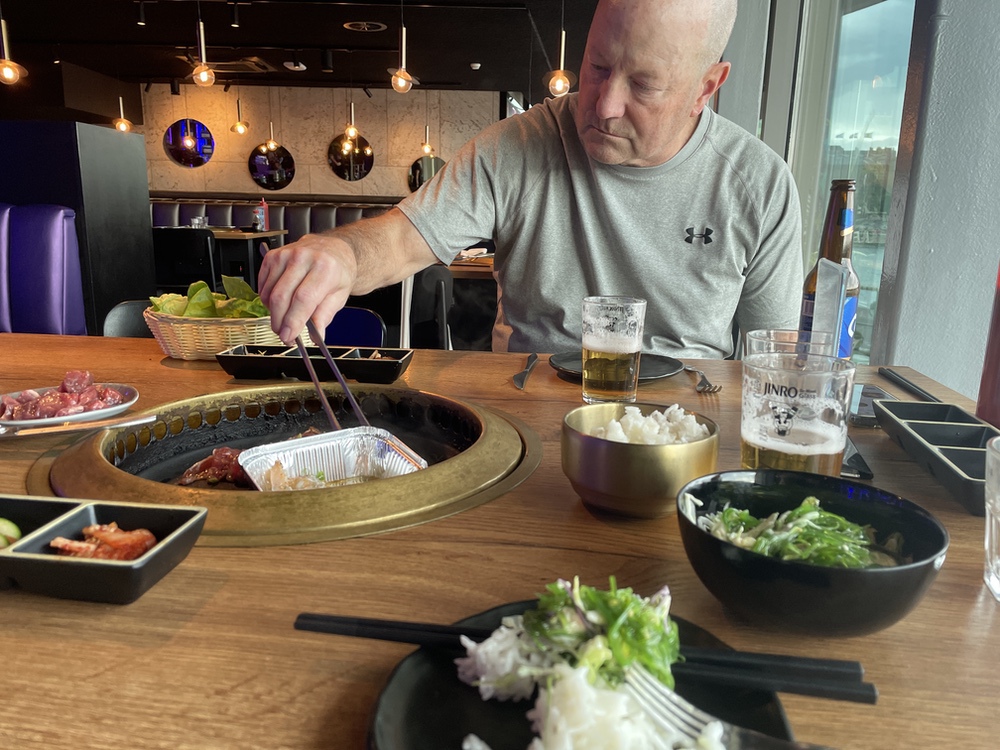
We then took a late afternoon walk along a pier, and wound up stopping in at an all-you-can-eat Korean barbecue at the Gaja Korean BBQ & Bar. We enjoyed people watching from our table with a window view, and noticed all the young people and families out for a Friday night stroll on the waterfront. The food tasted fresh, and we ordered shrimp and steak, along with vegetables and kimchee.
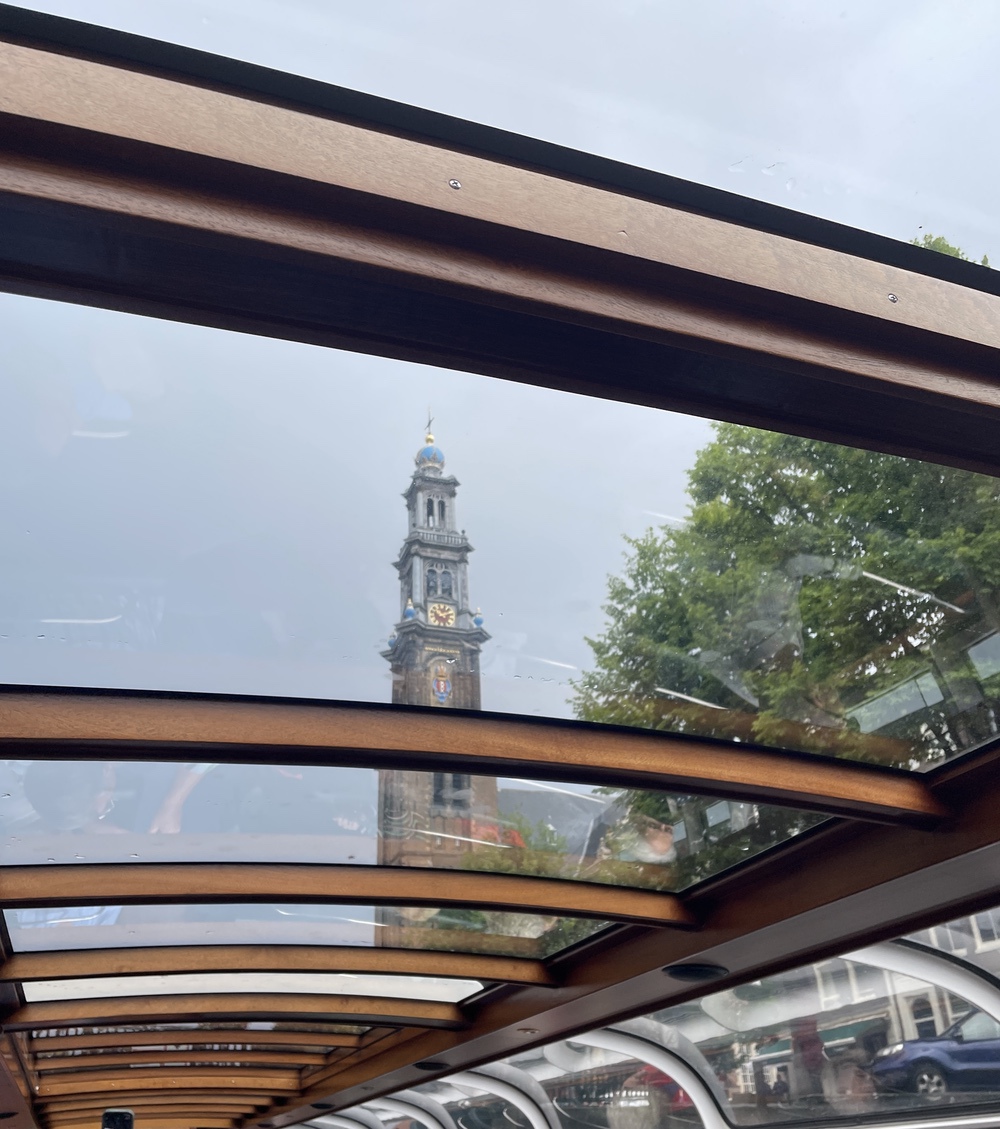
Amsterdam by Canal
The next morning we went on a canal cruise. Our guide, a senior citizen who had lived in Amsterdam for most of her adult life, even took us to a petting zoo in her neighborhood – where children can learn about farm animals. I like to have local guides that can elaborate about the culture, such as why people choose to live in the houseboats along the canal, and why there are so many hooks on the eaves of tall buildings.
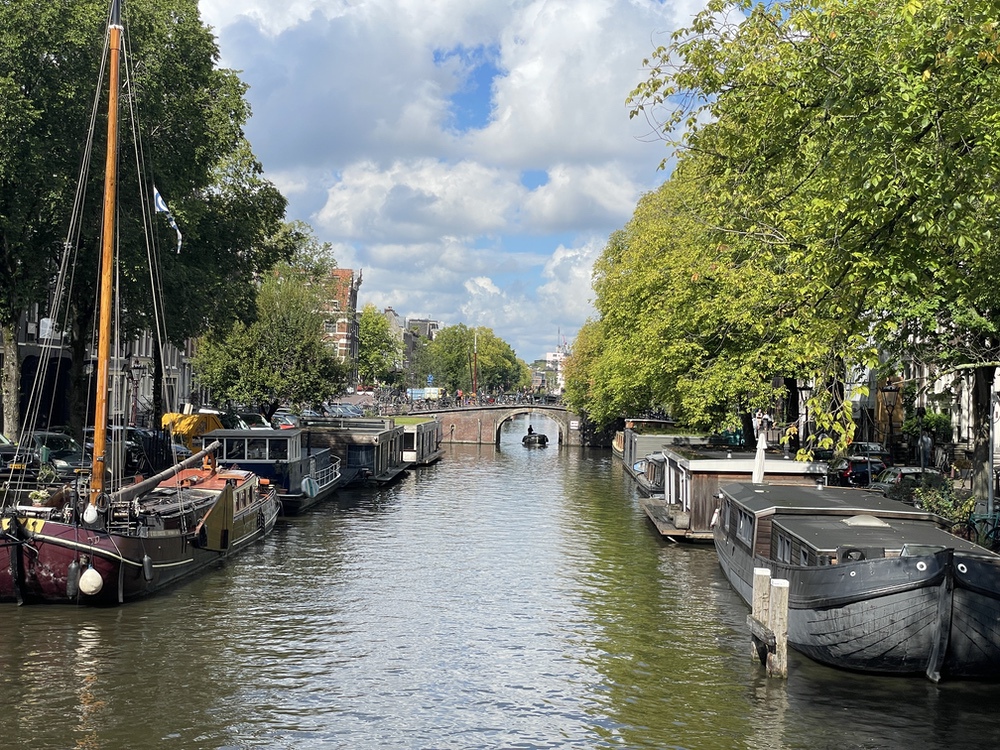
People used to live in houseboats on the canals as a cheap alternative to regular housing. Nowadays, though, with electricity, water and sewer mandated for all houseboats, it’s not as cheap. It is, though, trendy.
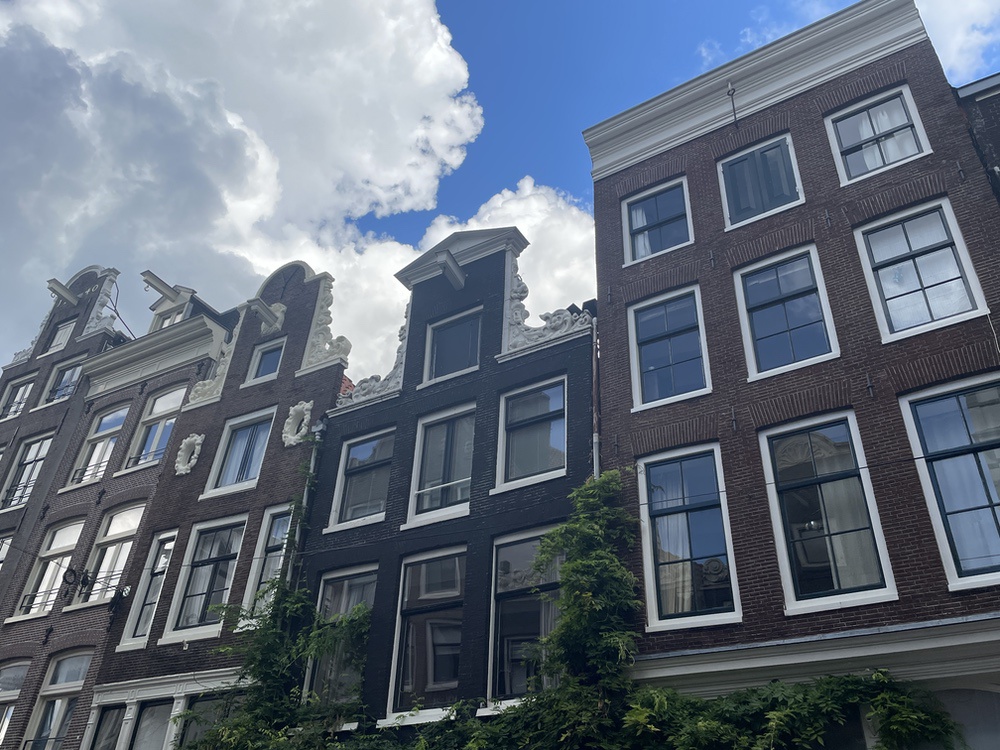
And those hooks on the buildings? With several of the buildings being centuries old, they don’t accommodate moving a large bed up the narrow staircase. Windows can be removed, and furniture can be hoisted up and placed inside apartments and offices accordingly.
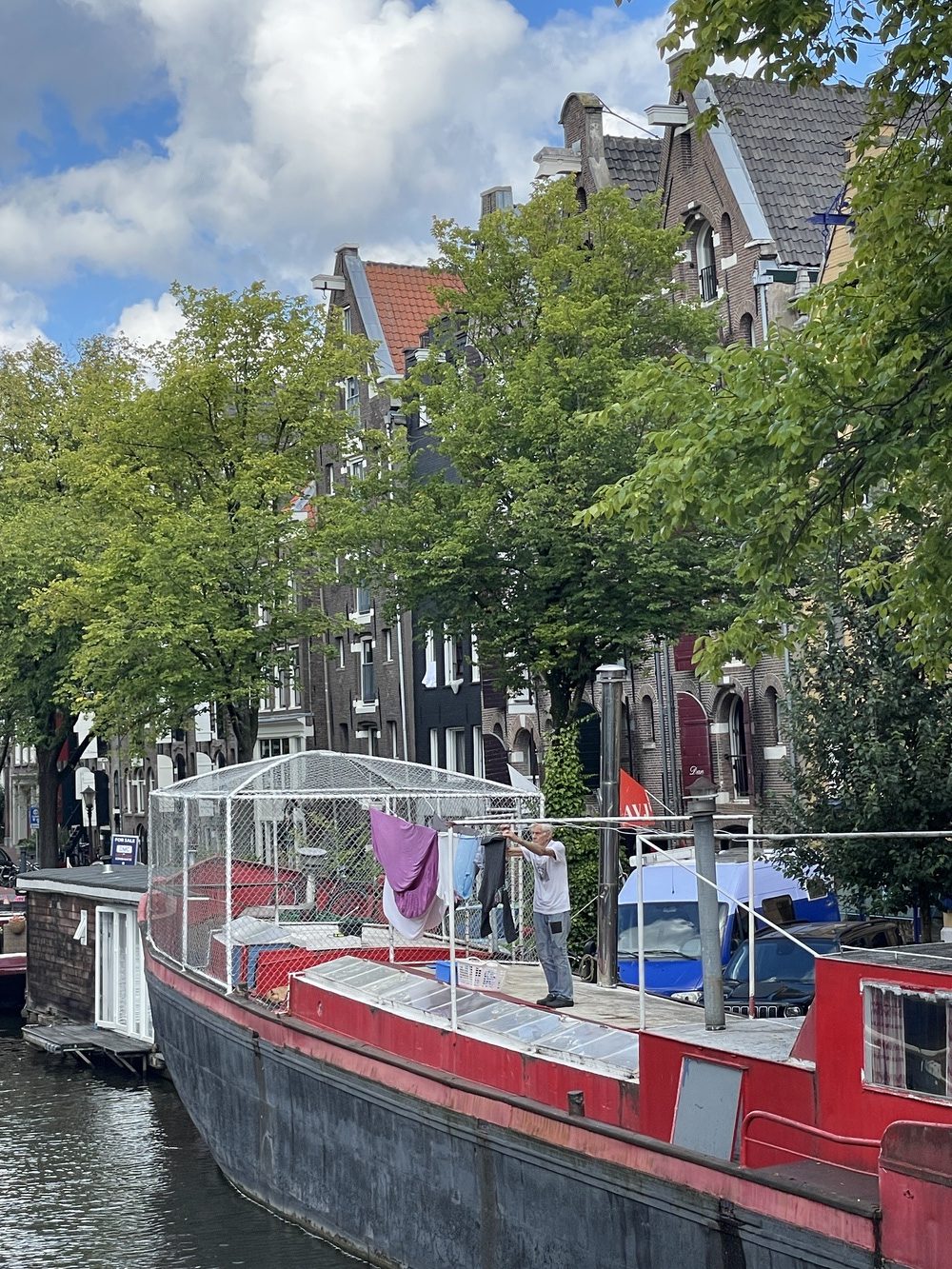
Amsterdam is served by three canals in the “canal belt”: Herengracht, Prinsengracht and Keizersgracht. Built in the 17thcentury, during the Dutch Golden Age, the canals provided ample transportation throughout a burgeoning city of shipping industry and trade. Naturally, businesses sprung up facing the canals. Amsterdam also used the canals as defense, acting like a moat around the city.
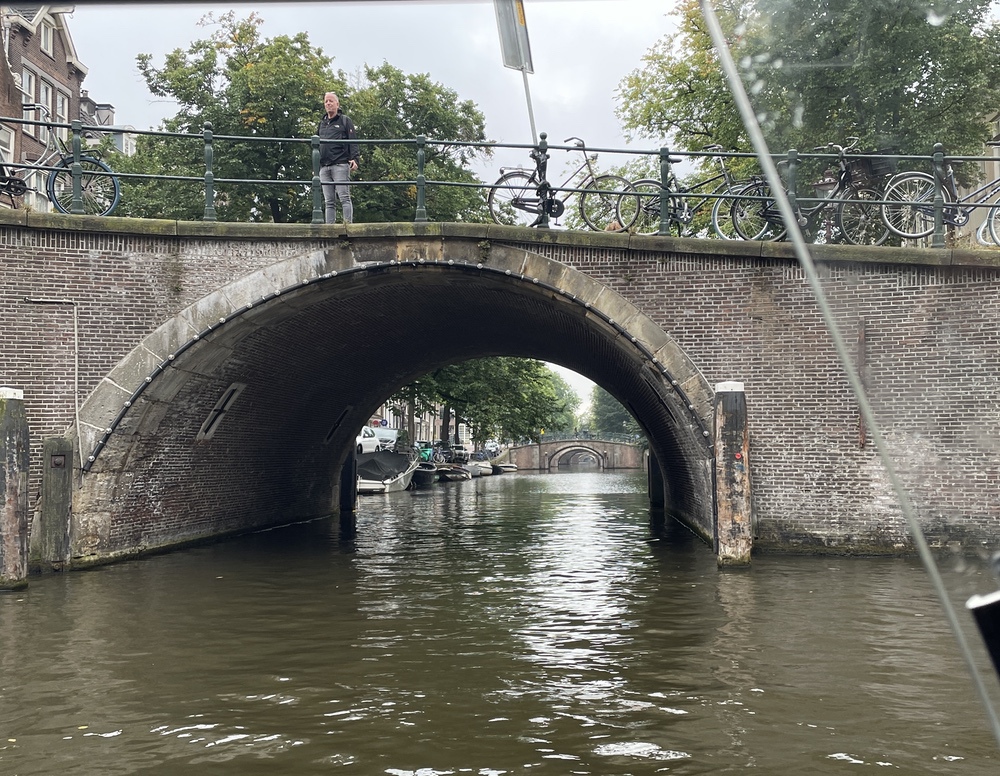
The network of canals also helped to control flooding, draining the city (sluices and pumps connected) and unfortunately, became the major method for sewage disposal back in the day. Our tour guide said that Amsterdam had been referred to as the “beautiful virgin with the bad breath.” This is the reason why so many wealthy merchant families left the city in the summertime for rural manses.
Today, the canals serve as a means of transportation to traverse the city quickly. And, supposedly, the water is some of the cleanest drinking water in the world.
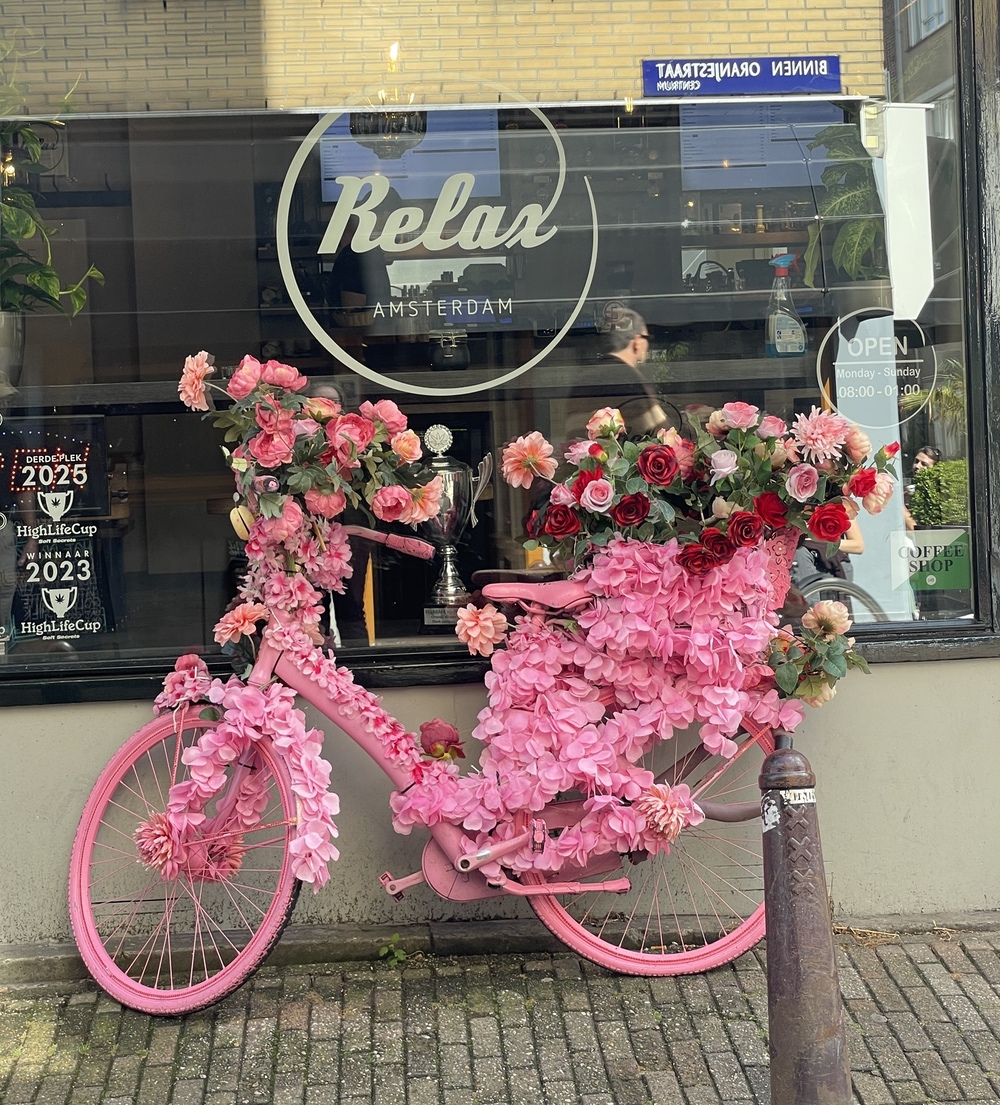
Another form of transportation, the major way to travel, is by bicycle. There are parking garages for bikes only – and we saw one that could hold 7,000 bicycles. It’s like what I imagine residing in a hive is like – with bicyclers as the worker bees. You must look right, left, front and back in order to be safe walking around. It’s not for the situationally unaware, and our guide had to physically move some of the gawkers in our group to the side of the road or sidewalk to avoid collisions between tourists and transporters.
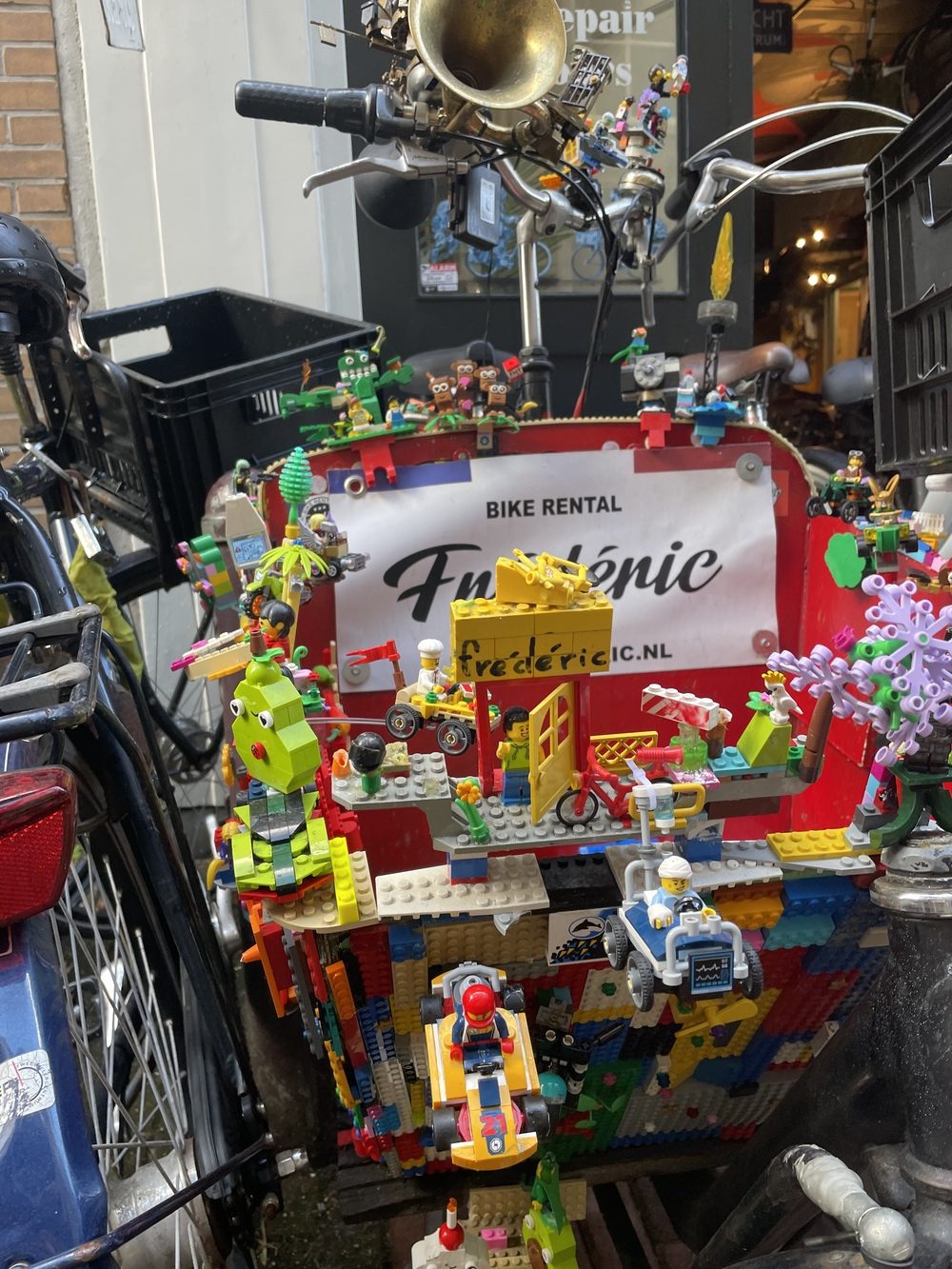
Artsy Artsy Amsterdam … and Anne Frank
Of course, if you’re into art, Amsterdam is one of the leading centers for the masters and unfortunately, we didn’t have the time for Van Gogh or Rembrandt this time around. We did pass near where Rembrandt worked, and where he lies buried in Amsterdam’s West Church, but no one really knows where he is interred within the walls.
And of course, who can forget about the tragic story of Anne Frank? We also passed by the house where she and her family hid from the Nazis for two year. Later, some folks from the tour said they had taken the virtual tour (with VR headsets) featuring the secret annex, and it gave them such an eerie perspective of the experience.

Finally, if you know anything about Amsterdam, you’ll want to see a windmill in action. On a previous trip to Amsterdam, we visited the Kinderdijk windmills. Some of our friends actually rented bicycles and peddled their ways through lovely countryside in this area. I would do this, if we ever decided to head out of Amsterdam while we’re there.

As you can see, Amsterdam is vibrant and rife with European history. It is a must-see stop if you are going anywhere else, and could just be a wonderful place to stay for more than two days, as well.



